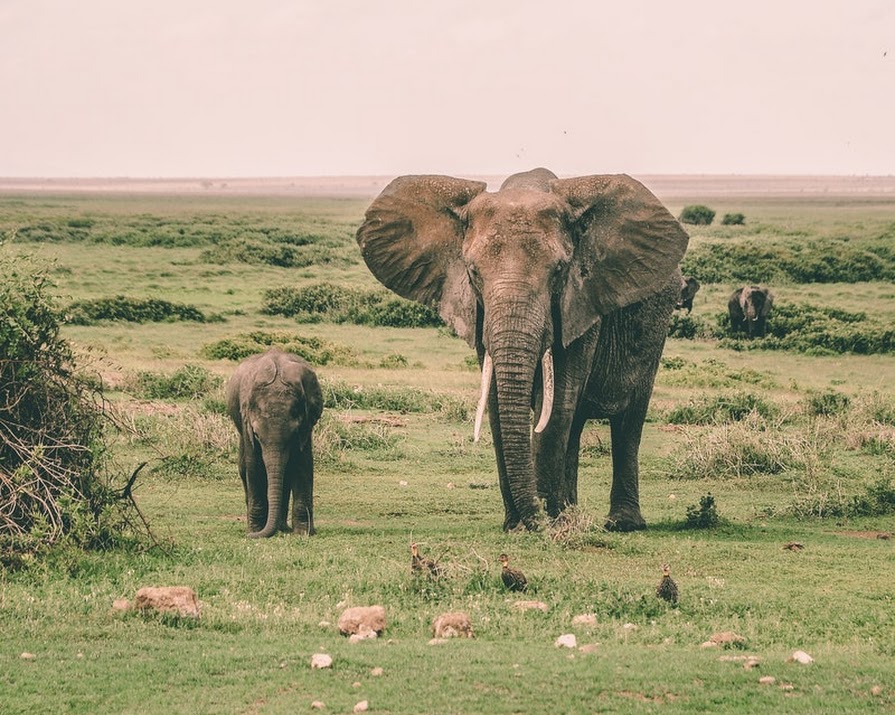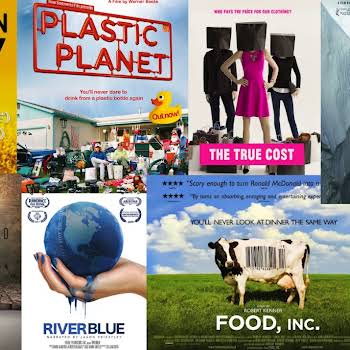
By Erin Lindsay
30th Oct 2018
30th Oct 2018
A new report by the World Wildlife Fund (WWF) has detailed the extent of the damage humans have had on wildlife conservation over the past few decades. Over half of the world’s population of mammals, birds, fish and reptiles have been decimated in the last 40 years due to human activity.
WWF tracked over 16,000 populations of animals from 1970 to 2014 (the last year with available data) and found that there was, on average, a 60 per cent decline in numbers worldwide during that time. The situation is worst in the “neotropical realm”, which is made up of Central and South America and the Caribbean, where wildlife populations have declined by 89 per cent, and in freshwater ecosystems, where populations have declined by 83 per cent worldwide.
According to the report, the biggest drivers of biodiversity loss are overexploitation and agriculture – both linked to”explosive” human consumption worldwide. The report also details the damage that human activity has had on the habitats and natural resources that wildlife depends on, including oceans, forests and coral reefs. The Earth is estimated to have lost about half of its shallow water corals in the past 30 years and 20 per cent of the Amazon rainforest has disappeared in the past 50 years.
President and CEO of WWF-US Carter Roberts said of the report: “This report sounds a warning shot across our bow. Natural systems essential to our survival – forests, oceans, and rivers – remain in decline. Wildlife around the world continue to dwindle.”
It reminds us we need to change course. It’s time to balance our consumption with the needs of nature, and to protect the only planet that is our home.”
The report came as another wildlife story made headlines, with China reversing its 25-year ban on using rhino horn and tiger bone in traditional medicine. The WWF has called on China to maintain the ban, saying that the move will “have devastating consequences globally”.























